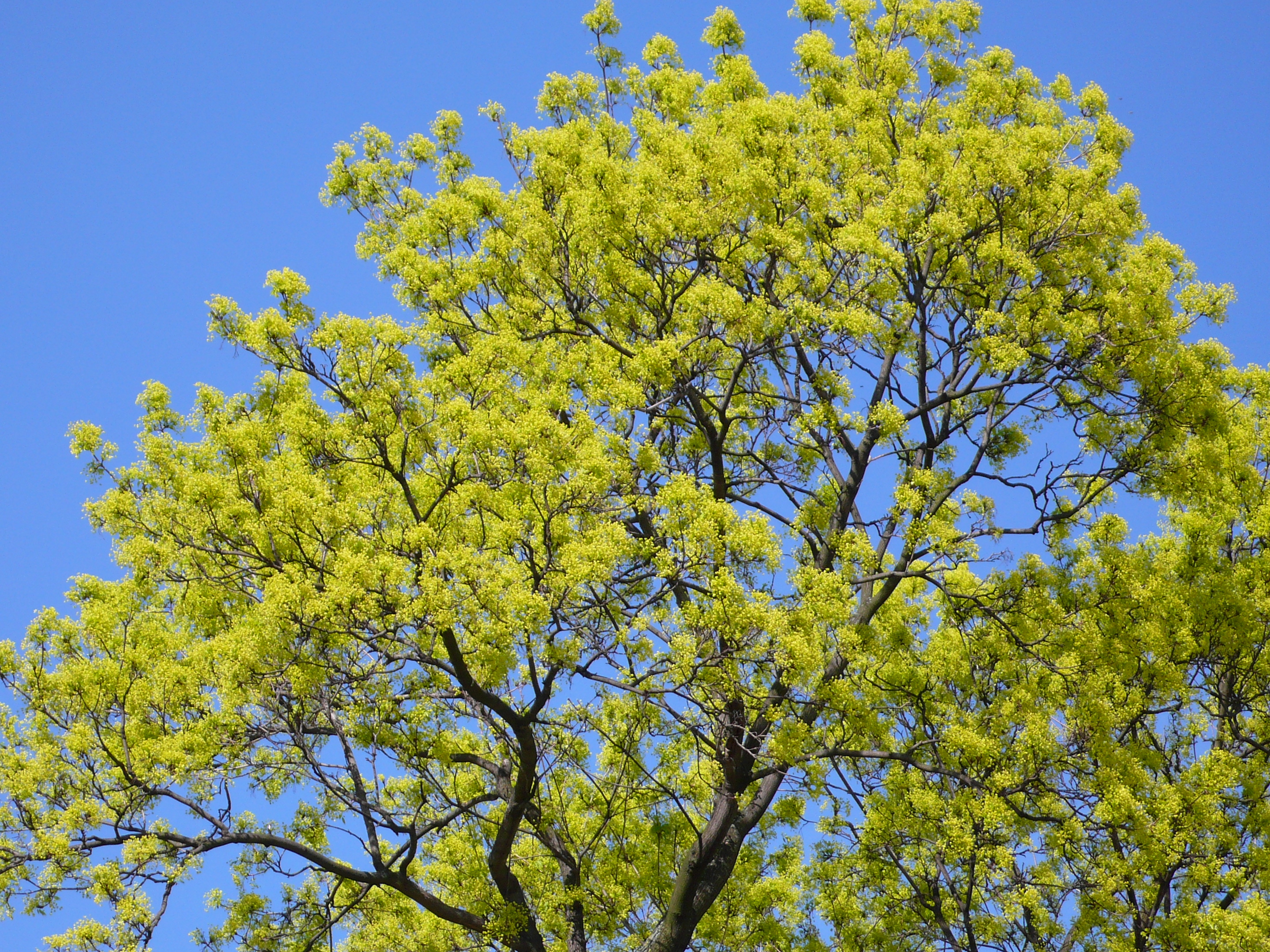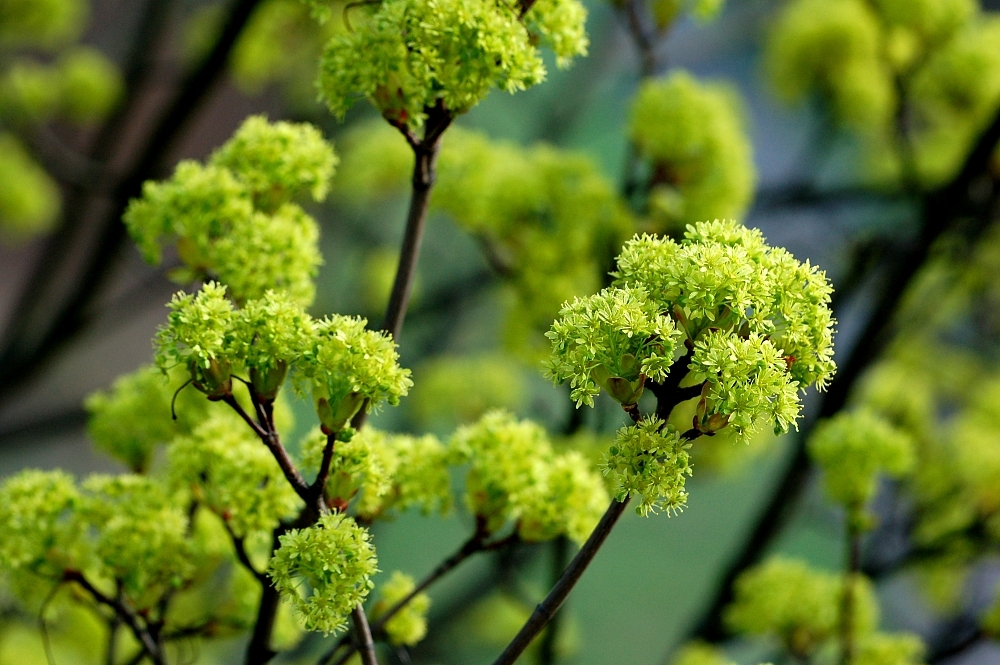Norway Maple : History in North America
The Norway maple is native to Europe and Western Asia. John Bartram of Philadelphia introduced it to the United States from England in 1756. Bartram owned a tree nursery and in 1762 offered the Norway maple in an early seed catalog. The only other tree nursery owner in the United States at the time was Prince’s Nursery in Flushing, New York. According to Nowak and Rowntree, “Prince considered it (the Norway maple) as ‘one of the finest ornamental trees.’ Sargent listed it as ‘among the rarer Maples’ and as the finest of all maples."
In Pennsylvania it was originally planted as an ornamental garden tree, which also provided large shady areas. The Norway maple was one species that was planted after the Dutch Elm Disease swept through the northeastern United States. This was because the Norway maple could be found in large numbers for quick replantings. For a while it was forgotten about, planted in neighborhoods, small towns, and on farms for its shade, hardiness, and adaptability to diverse conditions. It quickly and easily became a naturalized species of North America.
According to William Solotaroff in his book Shade Trees in Towns and Cities, published in 1911, he writes of the Norway maple, “This tree appears to be the best maple that we have for street use...It is always rich in appearance, and looks attractive on a street when other trees begin to show the waning of summer.” In another text, Trees & Shrubs for the Northern Plains, written in 1965 by Donald Hoag, it is said of the Norway maple, “The foliage color is striking to the point of being bizarre and should be used sparingly in the landscape scene. Infrequent.” Some in the mid 60s were already critiquing the Norway maple, not for being an invasive exotic species, but rather for looking too bizarre for the landscape.


